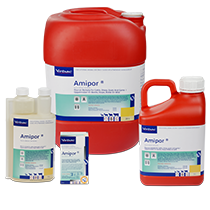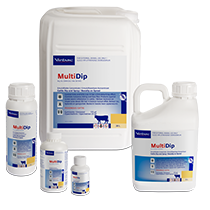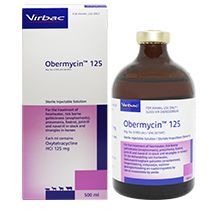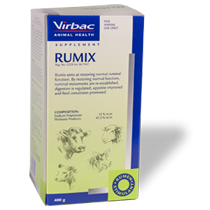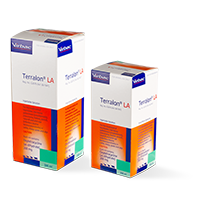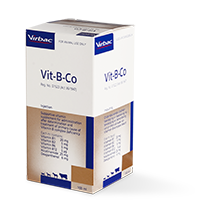
Tick-borne diseases : Anaplasmosis (Gallsickness)
Anaplasmosis (Gallsickness) is a well-known tick-borne disease. It has a great economic impact and also causes stock losses.
Anaplasmosis is caused by a micro-organism that occurs in red blood cells of infected animals. There are two types : Anaplasma marginale and Anaplasma centrale. Of the two, Anaplasma marginale is by far the most important. It often causes severe illness and death in susceptible cattle.
Anaplasmosis can be transmitted by:
-
5 different tick species
-
blood sucking flies such as stable and horse flies
-
needles used for vaccinations or tattooing
Anaplasmosis occurs throughout most of South Africa and Namibia. Of the 5 different tick species , the most important vector is the blue tick (R. decoloratus). The parasite A.marginale / A.centrale is transmitted by the nymph and adult stages of the tick species. Ticks become infected when they feed on cattle that are infected with Anaplasmosis or are carriers of the disease.
Symptoms:
Anaplasmosis symptoms will appear 3-6 weeks after the animals have been infected with the parasite (A.marginale / A.centrale);
-
Continues / fluctuating Fever (>40˚C)
-
Anemia
-
Jaundice
-
Rumen stasis
-
Constipation
-
Decrease in milk production.
Diagnosis:
Clinical signs (as described above), can be indicative of disease but confirmation of Anaplasmosis should be made by a veterinarian doing a blood smear or post mortem.
Treatment:
Anaplasmosis is strongly affected by the season and outbreaks usually occur in warmer summer and autumn months.
-
When animals have Anaplasmosis, treat the animals with Terralon® LA using 1ml/10kg.
-
Always remember to use supportive treatments like Vitamin B Co and Rumix powder for any animal that spiked a fever.
-
Treat for pain and fever [ask your vet]
-
Control ticks and flies by dipping the animals. Make use of combination products like Amipor® or MultiDip
With high tick challenges or when animals are moved to rested camps:
-
Dip animals 1 x per week, for 3 weeks or dip according to the 5, 5, 4 day dip strategy
-
Always use contact dips (quicker control): Amipor® or MultiDip
Contact your local Virbac Technical Sales Advisor for more information regarding Anaplasmosis and Tick control.

